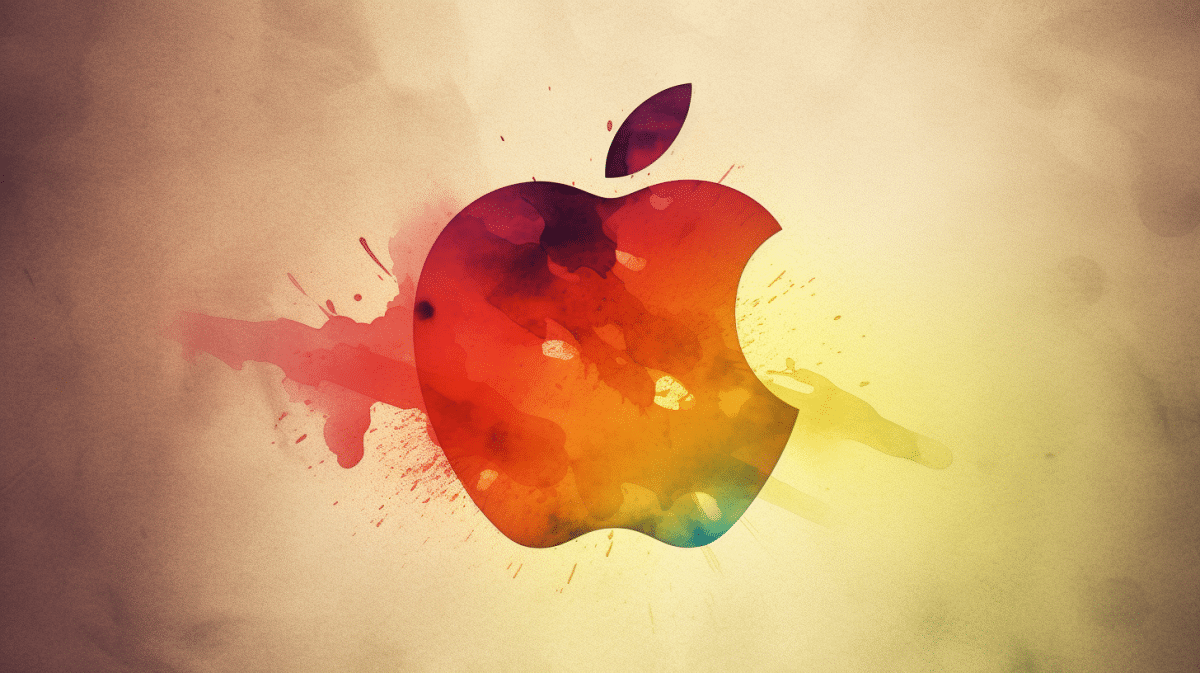There have recently been as many rumors as there are open questions about Apple’s plans for artificial intelligence (AI). At public appearances such as the in-house developer conference WWDC, Apple boss Tim Cook preferred the technical term “machine learning” – instead of AI. But now it’s getting more concrete: Last week there were reports that Apple could be interested in licensing Google’s large language model Gemini for its own applications. Apple also presented a specially developed language model family in a research paper that could be used in iPhones and in applications such as Siri in the future.
Advertisement
The model called MM1 is so interesting because it not only shows that Apple is actively conducting AI research, but also because of its comparatively small size and structure. MM1 is a so-called multimodal model that understands both text queries and visual prompts.
“Competitive performance” despite small size
The paper on MM1 largely deals with the findings that the researchers gained when developing the model. For example, the resolution of the images used for pre-training has the greatest influence on subsequent performance. Or that the correct composition of the training data is important. For MM1, Apple is experimenting with different mixtures of image-text pairs, mixed image-text data (interleaved) and pure text. In the end, the team scaled the model to three, seven, and 30 billion parameters. The 30B model achieves “competitive performance in all categories” compared to similar multi-modal models, it says.
With a model size of 30 billion parameters, MM1 would be smaller than the large language models from other leading companies: Meta’s LLaMA-2 has 70 billion, the Luminous model from the German company Aleph Alpha is to be expanded to 300 billion, and GPT4 is even expected to have more than a trillion parameters. Nevertheless, independent observers see no disadvantage in the small model size of MM1, on the contrary.
Is Siri getting a big AI update soon?
Boston University computer scientist Kate Saenko told Wired magazine that the small model size allows Apple engineers to experiment with different training methods and refinements before gradually increasing the size of the model. It could be a first step towards a multimodal assistant “that can describe photos, documents or diagrams and answer questions about them,” says Saenko.
With regard to Apple’s most important product – the iPhone – the existing Siri, which currently seems somewhat outdated in terms of its range of functions, can of course be considered as such a multimodal assistant. Other manufacturers such as Google and Amazon are also planning to combine AI in the form of language models with their virtual assistants. It is self-explanatory that in the medium term these will also work multimodally, i.e. they will also process images directly from the smartphone camera.
While the really large language models like ChatGPT or image generators like Dall-E currently require access to the cloud due to their computing power, smaller language models like MM1 could theoretically also run directly on devices like the iPhone. This would have two advantages for Apple: On the one hand, Apple could avoid some data protection issues and continue to dedicate itself to its own claim of processing as much data as possible exclusively “on device” so that it is protected from access by third parties. On the other hand, Apple could make the technology palatable to its hundreds of millions of users comparatively easily.
In the public debate about ever-increasing language models, it is quickly forgotten that “small” AI is also an extremely important field and that the development of efficient models is becoming increasingly important – which Apple may have recognized. It is still unclear whether and how the company will incorporate MM1’s research into its products. But at least one question can now be answered a little better: Apple has not missed artificial intelligence. And maybe Tim Cook will actually say the two letters at the in-house developer conference WWDC in a few weeks.
(jl)
To home page
